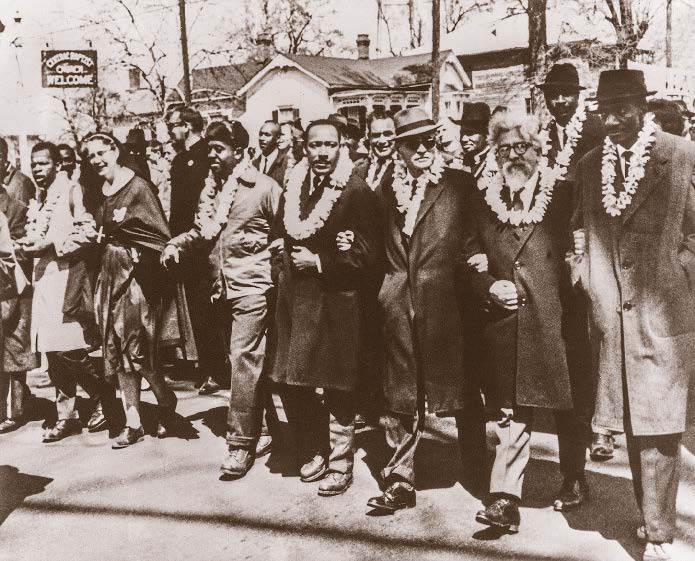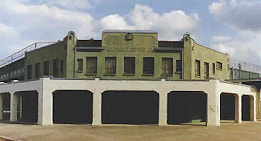
On the successful third Selma to Montgomery March, Martin Luther King Jr. invited Rabbi Heschel to join him. In this famous photograph, King, center, walks with, on his left, Nobel Peace Prize-recipient Ralph Bunche, Rabbi Heschel, and Birmingham civil rights leader Fred Shuttlesworth. On King’s right is Ralph Abernathy. Future congressman John Lewis is on the far left. (David M. Rubenstein Rare Book & Manuscript Library, Duke University)
Martin Luther King Jr. was not at the Bloody Sunday march in Selma, Alabama. On March 7, 1965—the day that Alabama State Troopers and mounted sheriff’s deputies beat demonstrators in a cloud of tear gas—King was preaching at his church in Atlanta, Georgia. In the hurt and anger that followed, some in the ranks of the civil rights movement bitterly criticized King for his absence, and even after he rushed to the scene, things at first did not get any better.

 RSS Feed
RSS Feed